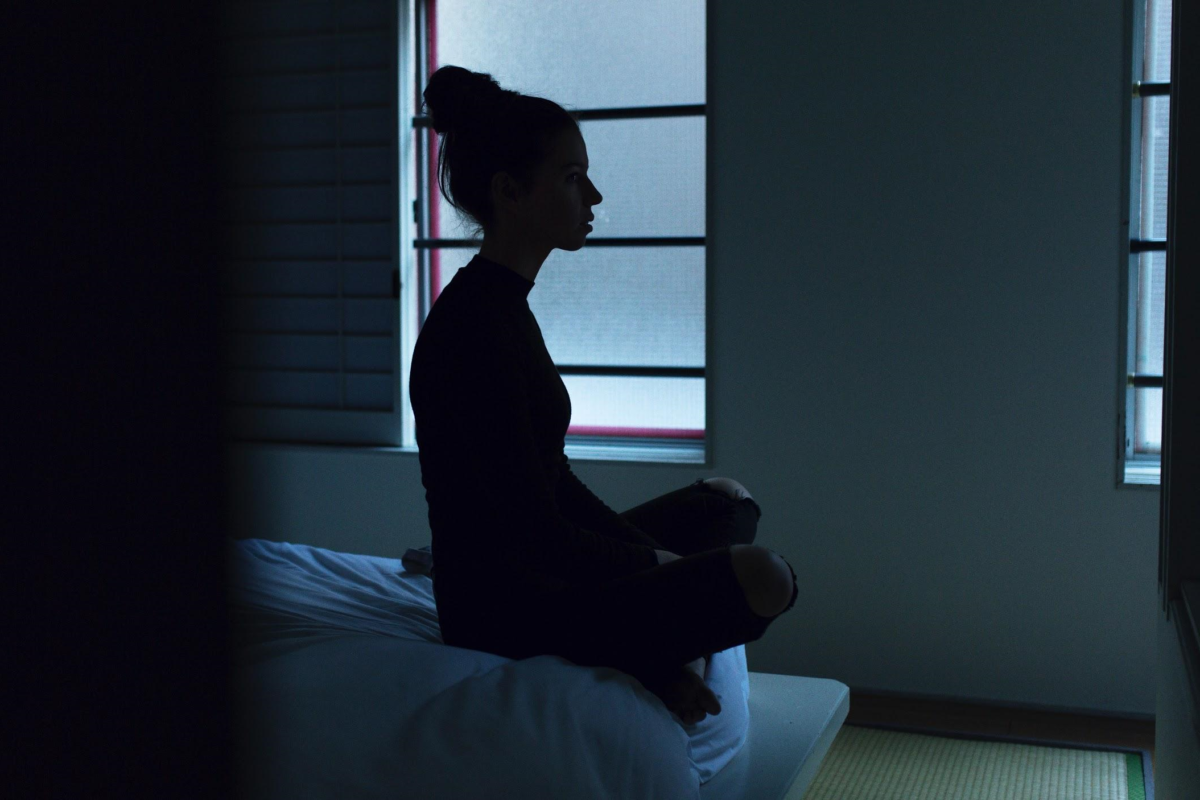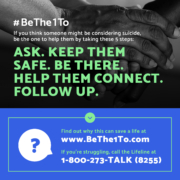A Suicide Prevention Primer
September is National Suicide Prevention Month
Part 2 of 2
Cedaron is grateful to guest blogger, Melissa Howard, for sharing this primer. Melissa lost her younger brother to suicide and has turned her grief toward advocacy and community education.
If you’re thinking about suicide, are worried about a friend or loved one, or would like emotional support, the Lifeline network is available 24/7 across the United States. It is available for everyone. It’s free. It’s confidential.
In a way, suicide is still an unseen and often unmentionable taboo, even though it affects thousands and thousands of lives per year. In 2017, there were 47,173 deaths attributed to suicide in the United States. If you or someone you know is having suicidal thoughts, know that there is help available. It gets better. And suicide is never the answer. It’s a permanent decision that people make in an attempt to fix a temporary problem. Life is always worth it. If you or someone you know is suicidal, help is available.
Knowing who is predisposed
The risk of suicide is greater in people suffering from other types of mental and physical health problems. For one, substance abuse is heavily linked to suicide, so seeking help for addiction is vital. According to Psychology Today, other health-related risk factors for suicide include those with mental health conditions, chronic pain, chronic illness, and sleep problems. Those with major financial problems or those who have been going through prolonged periods of stress and/or grief (think divorce, loss of loved one) are also at a higher risk.
Knowing the warning signs
Not everyone predisposed to suicide will ever have suicidal thoughts—much less act on them. And not everyone who attempts suicide can be easily labeled and put into a certain predisposed grouping. But there are specific warning signs and behaviors that can mean it’s time to seek help.
Talking about the desire to end one’s life, being a burden on friends and family, and having no purpose to live are all verbal signs that someone may need help. Behaviorally, wild swings in mood and sleep patterns, as well as self-isolation and withdrawal from work or social situations, are all signs. Sudden demonstrations of rage, irritability, anxiety, and depression—when these feelings aren’t usually present—could mean someone is struggling with suicidal thoughts.
Seeking help
The first step if you or someone you know is struggling with suicidal thoughts is to talk to someone. It doesn’t have to be a professional. It can be a friend, family member, clergyman, or a stranger (on a suicide hotline). Telling someone about your feelings is the number one way to begin to counteract and move past them.
The root causes of suicide must be addressed as well. Addiction problems should be taken on. Talking to a professional about depression and anxiety is key. Working through suicidal thoughts is about becoming an emotionally well person.
If you’re worried about being able to afford treatment, your medical insurance can help cover the costs of counseling. If you’re a senior with Medicare, for example, Part B covers one depression screening with your primary care provider annually. Family counseling, psychiatric evaluations, and some hospitalizations are also covered. If you have a Medicare Advantage plan like one from UnitedHealthcare, you can receive more extensive coverage, including coverage for prescription drugs and counseling for alcohol misuse.
Taking responsibility for your own emotional wellness
Anyone thinking about hurting themselves should seek help, but you cannot abdicate all responsibility. People emerge from the dark cloud of suicide every day and go on to live happy, healthy lives. But in order to do this, you must focus on your own emotional wellness. You can get help with this, but maintaining your mental health must be a personal, intimate, and proactive endeavor. Your first step is to help your brain repair itself through a good diet and exercise. Both of these things directly affect mental well-being. You should work to give yourself things to be happy about in life. Distraction is key. Develop hobbies, travel, and spend more time with friends. It may be hard at first to get yourself up and moving, but this is ultimately the way to help yourself.
Get involved in some sort of mindfulness exercise. Whether it be yoga, guided meditation, or freeform meditative association, get in touch with the here and now. It’ll help you worry less about the problems of your past and the anxieties of your future.
Suicide is not a solution. It’s not an answer. And those with emotional problems are not burdens on others. There are people, both in the public and private spheres, who want to help. You or your loved one will get through this if help is sought for underlying mental, physical, and emotional issues. Things are never as hopeless as they seem.

Melissa Howard
melissa@stopsuicide.info
Every suicide is preventable. After losing my younger brother to suicide, I felt compelled to create Stop Suicide. By providing helpful resources and articles on my website, I hope to build a lifeline of information.
Photo by Ben Blennerhassett on Unsplash








